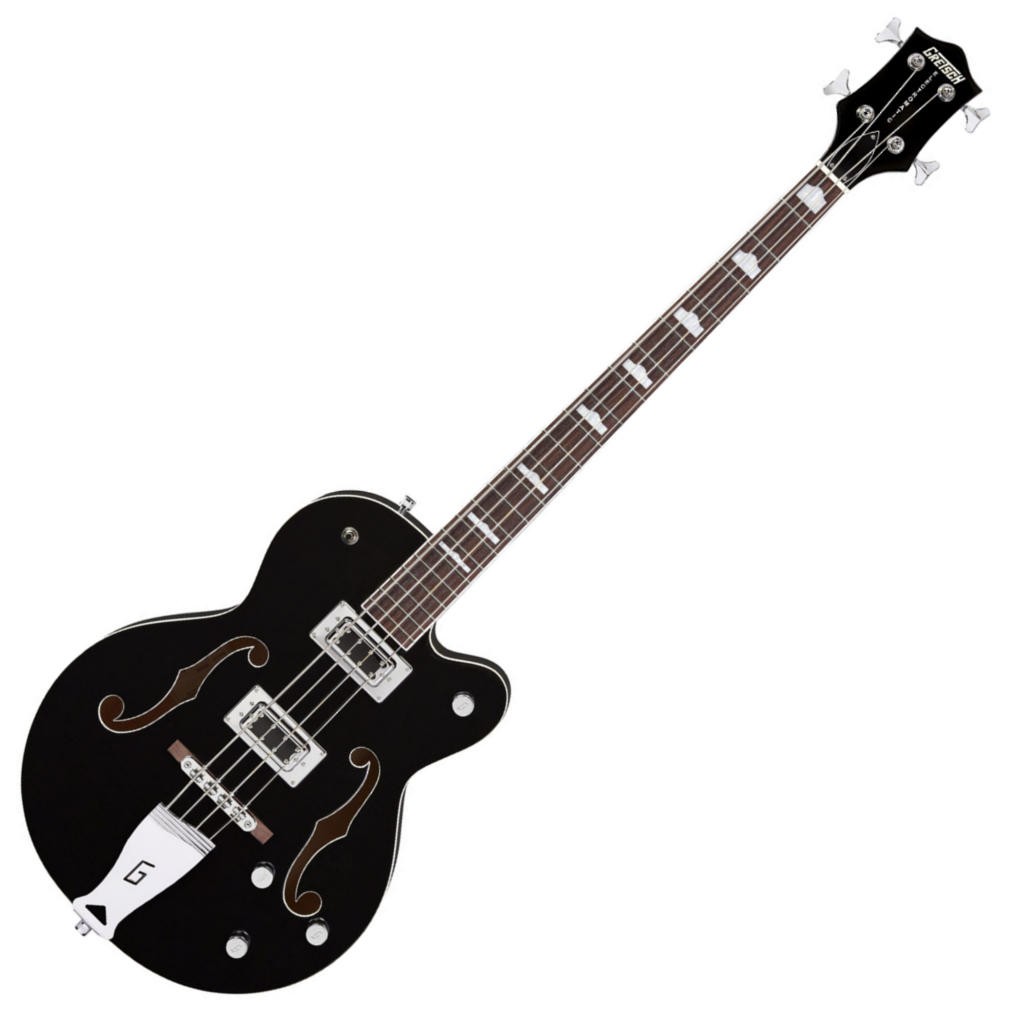The bass guitar (also called electric bass, or simply bass; is a stringed instrument played primarily with the fingers or thumb, by plucking,
slapping, popping, tapping, thumping, or picking with a plectrum, often known as a pick.
The bass guitar is similar in appearance and construction to an electric guitar, but with a longer neck and scale length, and four to six strings or courses.
The four-string bass—by far the most common—is usually tuned the same as the double bass, which corresponds to pitches one octave lower than the four lowest
pitched strings of a guitar (E, A, D, and G). The bass guitar is a transposing instrument, as it is notated in bass clef an octave higher than it sounds
(as is the double bass) to avoid excessive ledger lines. Like the electric guitar, the bass guitar is plugged into an amplifier and speaker for live performances.
Since the 1960s, the bass guitar has largely replaced the double bass in popular music as the bass instrument in the rhythm section. While types of bass lines
vary widely from one style of music to another, the bassist usually fulfills a similar role: anchoring the harmonic framework and establishing the beat. Many
styles of music utilise the bass guitar, including rock, metal, pop, punk rock, country, reggae, gospel, blues, and jazz. It is often a soloing instrument in
jazz, fusion, Latin, funk, and in some rock and metal styles.

The Bass Guitar